Good Health & Well Being – Global Awareness & Understanding Lesson Plan 1
Possible Subjects: PSHE, Art
Years: 7-12
Lesson: 1 of 2
Learning Outcome
Identify and monitor our feelings and emotions and the impacts of them.
Resources
Definitions & Resources
Please download all the templates from this document link here and follow any additional instructions each template needs, for example, “Print one each / create and share x per student”.
Lesson Overview
This lesson plan explores our individual well being and emotions whilst supporting students in sharing their feelings in a safe space. This lesson emphasises the importance of identifying and managing your emotions and how learning to do this can help build positive relationships with others.
Note to teachers
Please note that these lesson plans are designed to create a framework to be used in schools. If, while using these resources, your class begins to take a different direction, or makes connections to another issue that changes the direction of the lessons, we would love to hear how you have adapted the lessons. Please feel free to share your adapted lessons in our SDG 3 web page. Contact us here with your anecdotes and student discoveries.
Part 1 – Tuning In – ‘What do students know about good health & wellbeing?’
Introduction (5 mins)
UNDERSTAND: Feelings
- Prior to playing the below video, discuss with students that the contents of the video may be triggering: that the contents may cause someone emotional distress, typically as a result of arousing feelings or memories associated with a particular traumatic experience. Ensure all the students understand that the classroom is a safe space, and explain any support that the school offers.
- Play the video
- After the video, discuss the issues presented. These include:
- sleep deprivation
- body image issues
- parental pressure
- time management concerns
- self esteem issues
- anxiety
- academic worries
- acceptance
- bullying
- stress
- Allow students time to digest and grapple with the contents.
DISCUSS: Scenarios
- Explain that the way that we respond to situations is based on how we feel at the time.
- Ask the question “How do you deal with intense emotion and how do you recognise those feelings?” and allow students time to peer share.
- Introduce the idea of monitoring and learning to control our emotions, particularly negative or unpleasant emotions. Ask the questions:
- What impact does it have on others when we are not in control of our emotions?
- How does it help our relationships with others when we are in control of our emotions?
- Bring class back together and create a class brainstorm of ways they do this.
Part 2 – Finding out – ‘Students investigate, research & plan’
Teach/Model (5 mins)
READ: SDG 3 Targets
- Inform the class what the United Nation SDGs are and introduce SDG 3 Good Health and Well Being (context and definitions here).
- Explain that in this lesson, we will be focusing on individual well being and what that means.
Guided Practice (20 min)
WATCH: WHAT IS WELL BEING?
- Ask the opening question before watching the video and put some of the students’ responses on the board to refer back to after the video:
(can finish playing at 1 minute and 25 seconds)
- Give students time to discuss the video content together, then ask the questions:
- How would we define well being?
- What can you do to look after your own well being?
- How can your attitude to others help towards their well being?
- Print and share lesson resource #2 with students. Don’t reveal the art titles to the students but ask them to guess the name of each painting from the images.
– Edvard Munch’s “Scream”
– Pablo Picasso’s “Weeping Woman”
– Vincent Van Gogh’s self portrait series
– Henri Matisse’s “Dance II”
– Roy Lichtenstein’s “Frightened Girl”
– Marc Chagell’s “The Promenade”
– Gustav Klimt’s “The Kiss”
– Francis Danby’s “Disappointed Love”
- Extension page for older students (at your discretion): Gordon Bennett’s “Outsider” and/or “I am”.
- Ask the following questions:
- What emotions are being portrayed here?
- How can you tell?
- What colour scheme is the artist using to portay this?
- What other techniques are they using to show emotion?
- If they used a different palette, would the emotion be different? Why? Why not?
EXTENSION OR HOMEWORK TASK
- Ask the students to choose a piece of artwork from the above selections (or they can research to find their own)
- Present the following task:
- Create a piece of artwork to show the opposite emotion to those being displayed in your chosen piece. What colours will you use? What techniques will you include? Why?
Independent (30 mins)
DO
Optional task (needs font formatting)
- Class teacher may like the begin this portion of the lesson using Affinity Diagrams, a software tool. Students can anonymously share emotions and feelings to create ‘themes’ to discuss within the lesson.
- Explain the following task to students.
- Try to describe a time when you felt:
- So excited that you thought you might burst
- Miserable and could not imagine being happy again
- Annoyed about something, and gradually got angrier and angrier
- Frustrated and you didn’t know how you could make that feeling go away.
- Ask students to choose one of the feelings that they identify with.
- Students create a piece of artwork that reflects their feelings. This could be in the form of:
- a mood board
- a sculpture
- film/animation
- painting
- performance art
- poem
- piece of music
The art work will present their emotions in ‘levels’ by using different shades of colours and how they can change. For example, ‘sadness’ can be depicted as a lighter shade then perhaps the intensity that the feeling ‘misery might be if it were a colour. To accompany their work, they need to show a reflection of their feelings, both positive and negative.
EXTENSION
Once they have created their art work, students could create a teens guide to self care. Teachers may share the following links to guide students:
11 Self-Care Tips for Teens and Young Adults
Self-care
Part 3 – Plenary Reflection (10 mins)
SHARE
- Gallery walk of the art work shared and discuss how each piece makes them feel.
EXTEND: We all have mental health
- Share the video.
- After the video, give students some time to share with a partner, friend or the class (if they feel comfortable to) about any feelings they may have shared with either of the stories shared.
Extra Activities
DISCUSS: Wrap up questions
- Ask the students the following questions to discuss as class/in small groups/in pairs:
- What surprised you today, and why?
- What’s the most important thing you learned today?
- What do you want to learn more about, and why?
- When were you the most creative, and why do you think that is?
- What made you curious today?
ADDITIONAL HOMEWORK TASK
- Have students explore celebration days around the world that celebrate kindness & harmony. For example, Global World Kindness Day (13th November – Global) Harmony Day (21 March – Australia), Random Acts of Kindness Day (United States), R U OK? (second Thursday of September – Australia)
- Students could explore physical health and research how physical activity can affect mental well being. Can use the link below as a spring board for the initial research.

